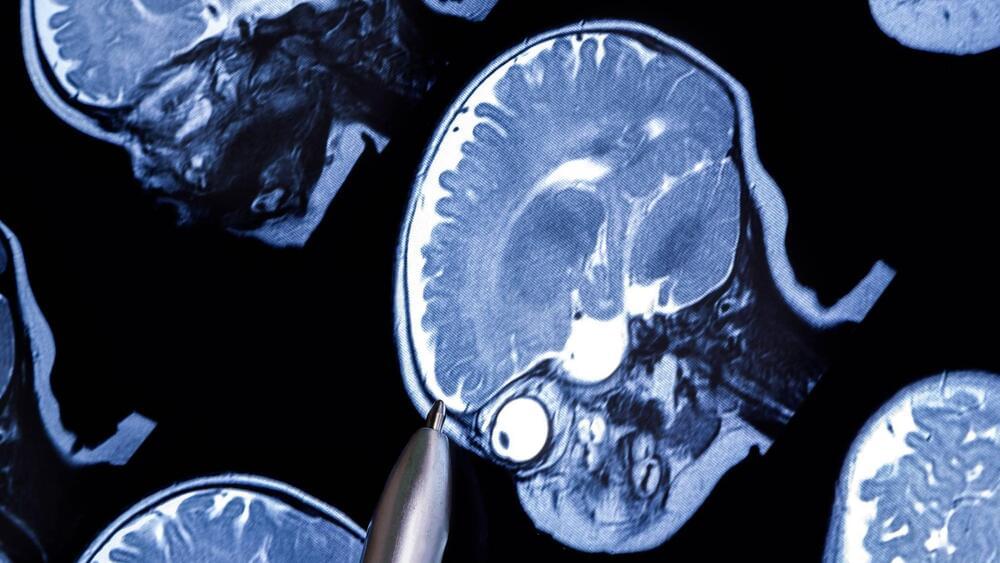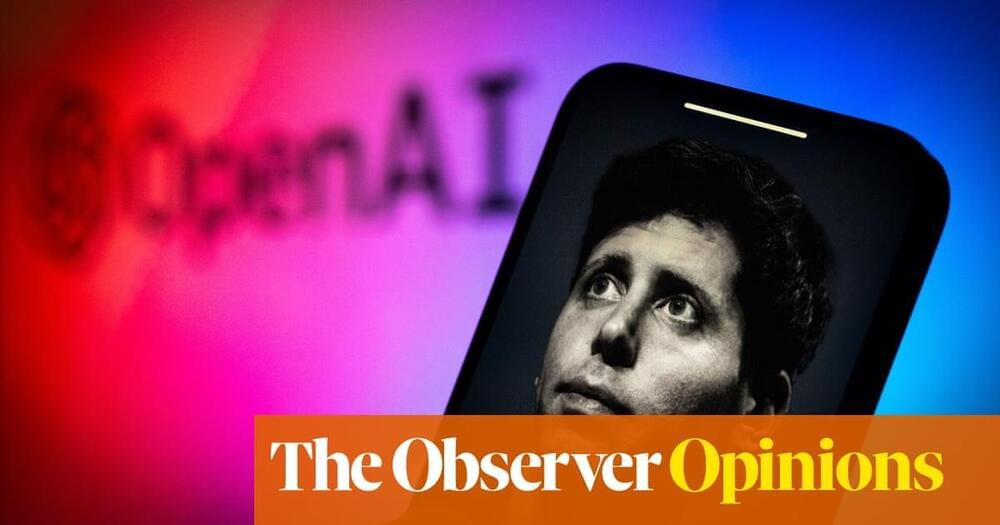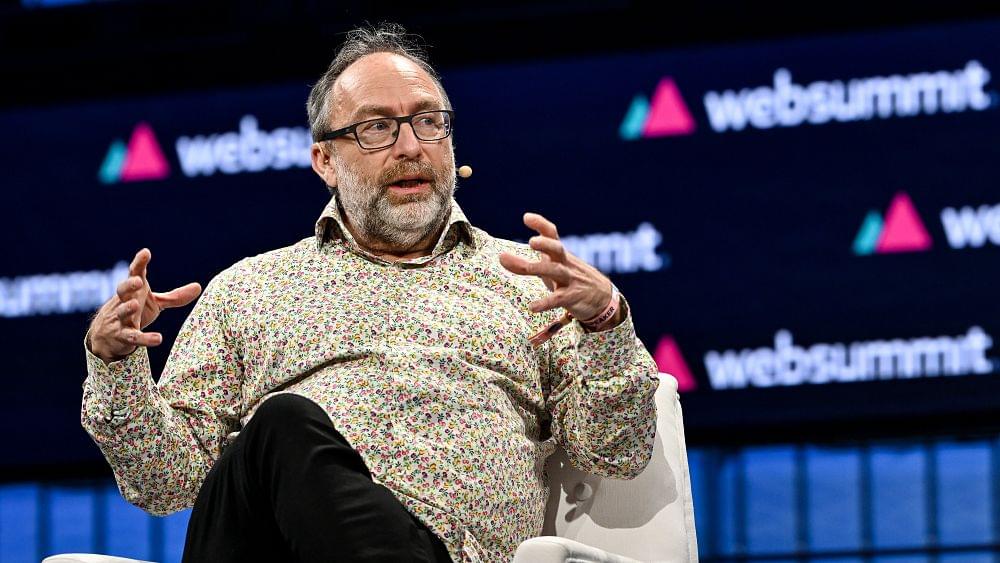Anthropic strategically lowers pricing for its conversational AI model, Claude 2.1, to compete with large AI firms and the increasing presence of open-source alternatives in the enterprise AI market.


In this video, we’ll explore the potential of Q* – a new way of computing that has the potential to revolutionize AI.
Q* is a new way of computing that offers a number of advantages over traditional computer systems. We’ll explore the ways in which Q* can improve the way we work with AI, and the ways in which it has the potential to change the way we live our lives. If you’re interested in the future of AI, this video is a must-watch!
Along with Xpeng and Li Auto, it is one of the top three Chinese premium EV assemblers.
NIO Newsroom.
As SCMP reports, the Shanghai-based company, which competes with Tesla and other premium EV brands, said it had already trimmed 10 percent of its staff earlier this month to improve efficiency and competitiveness.

“DT-MRI captures these abnormal connections that lead to the symptoms that children with autism often have, such as impaired social communication and repetitive behaviors.”
When it comes to autism, early diagnosis is key for effective intervention and support.
When it comes to autism, early diagnosis is key for effective intervention and support. Now, a newly created artificial intelligence (AI) system has been found to have the ability to diagnose children with autism between the ages of 24 and 48 months with a rate of 98.5 percent accuracy.
DT-MRI scans used
The innovation uses a process that categorizes diffusion tensor MRI (DT-MRI) scans of the brain, which refers to a specialized technology that detects how water moves along white matter tracts in the bodily organ.


In a bid to combat the ongoing homelessness crisis, Los Angeles County is using artificial intelligence (AI) to identify and support individuals at the highest risk of becoming homeless.
This pioneering pilot program analyzes data from seven county agencies, including medical visits, mental health care, substance abuse diagnoses, arrests, and public benefit sign-ups, to identify those most vulnerable to homelessness.
Dedicated case managers then reach out to these individuals, offering comprehensive support for four to six months, including access to $4,000 to $6,000 in aid to cover essential expenses like rent, utilities, and groceries. This assistance is designed to stabilize not only their housing but also their overall well-being.


In today’s column, I am going to walk you through a prominent AI-mystery that has caused quite a stir leading to an incessant buzz across much of social media and garnering outsized headlines in the mass media.
I make use of detective work to try and figure out what the alleged AI breakthrough was at OpenAI and has been claimed to be called Q*, leading supposedly toward AGI.


Inflection claims that its new language model, Inflection-2, outperforms direct competitors such as Google PaLM-2 and Claude 2, and is second only to GPT-4.
The new model is said to be significantly more powerful than its predecessor, Inflection-1, and, according to the startup, demonstrates improved factual knowledge, better style control, and significantly improved reasoning.
Inflection-1 was released in July. It was roughly on par with GPT-3.5 and PaLM-540B. Inflection-2 should now catch up with GPT-4, the company claims.